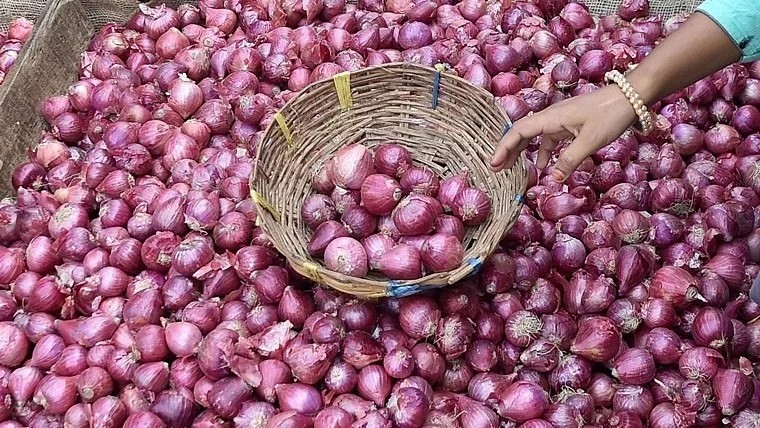Description

Disclaimer: Copyright infringement not intended.
Context
- After a five-month ban, the government has lifted the prohibition on onion exports, especially significant for Maharashtra, a key producing state, ahead of the remaining phases of Lok Sabha polls.
- Traders can export onions at a minimum export price (MEP) of $550/tonne and pay an additional 40% export duty on this price, equivalent to Rs 64,000 per tonne or Rs 64 per kg.
Market Players' Perspective:
- Challenges for Traders: Some market players express skepticism, suggesting that the 40% export duty on MEP will hinder onion exports.
- Concerns Raised Agricultural Produce Market Committee (APMC) highlights the potential difficulties traders may face due to export conditions.
Government's Justification:
- Assessment Basis: Government officials justify the decision, citing assessments of crop volume, market conditions, and the need to prevent storage losses.
- Rabi Crop Estimate: Govt. estimated Rabi crop for 2024-25 is around 191 lakh tonnes, providing a reasonably comfortable supply considering domestic consumption rates.
International Market Dynamics:
- Effect on International Markets: Directorate General of Foreign Trade notes that onion shipments are permitted effectively at a minimum price of $770 per tonne, taking into account recent price trends and international market conditions.
- Increased Availability: Sources indicate that the removal of export bans by Egypt and Pakistan is expected to increase onion availability in international markets, with Egypt witnessing a 300% rise in production.
The lifting of the onion export ban in India, albeit with conditions, is poised to impact both domestic markets and international trade dynamics, offering a nuanced perspective on the complexities of agricultural policy and its implications on various stakeholders.












